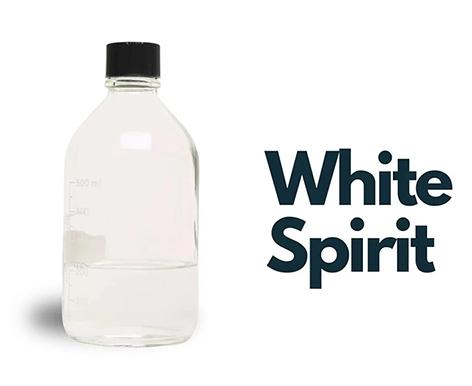Production of White Spirit

White spirit, also known as mineral spirits or Stoddard solvent, is a versatile organic solvent with a wide range of applications in various industries. Its colorless, odorless nature and ability to dissolve a variety of substances make it a valuable tool for cleaning, degreasing, and thinning paints and resins.
White Spirit Production Plant: The Heart of the Operation
The production of white spirit involves a series of complex steps that transform crude oil into the refined solvent we know and use. At the heart of this process lies the white spirit production plant, a sophisticated facility equipped with specialized equipment and stringent safety measures.

The Journey of Crude Oil to White Spirit
Distillation: The first step involves the distillation of crude oil to separate the lighter fractions, including naphtha, from the heavier components. This initial separation is crucial for obtaining the desired characteristics of white spirit.
Solvent Extraction: The naphtha obtained from distillation is then subjected to solvent extraction, a process that removes impurities and undesirable aromatic compounds. This step enhances the purity and quality of the white spirit.
Hydrotreating: The purified naphtha undergoes hydrotreating, a process that utilizes hydrogen in the presence of a catalyst to remove sulfur and other contaminants. This step ensures the production of high-quality, odorless white spirit.
Final Treatment: The hydrotreated naphtha is then subjected to final treatment steps, such as filtration and polishing, to remove any remaining impurities and ensure the desired physical properties.
Emerging from the Plant: White Spirit in Its Refined Form
After undergoing this rigorous production process, white spirit emerges from the plant as a clear, colorless liquid with a mild odor. Its purity and specific properties make it suitable for a variety of applications, from cleaning and degreasing to thinning paints and resins.
Applications of White Spirit: A Versatile Solvent
White spirit finds its niche in various industries due to its unique properties:
1. Cleaning and Degreasing: White spirit's ability to dissolve grease, oils, and waxes makes it an effective cleaning agent for machinery, tools, and surfaces.
2. Thinning Paints and Resins: White spirit's solvent properties allow it to thin paints, resins, and varnishes, making them easier to apply and providing a smoother finish.
3. Adhesive Remover: White spirit can effectively remove adhesive residues from surfaces, making it a valuable tool for DIY projects and renovations.
4. Degreaser in Dry Cleaning: White spirit is commonly used as a degreaser in dry cleaning, removing dirt, stains, and oily residues from garments.
Safety Considerations: Handling White Spirit Responsibly
White spirit, like any solvent, requires careful handling and adherence to safety guidelines:
1. Proper Ventilation: Ensure adequate ventilation when using white spirit to avoid inhalation of fumes.
2. Protective Equipment: Wear appropriate personal protective equipment, such as gloves, goggles, and a respirator, to minimize exposure.
3. Storage Precautions: Store white spirit in tightly sealed containers away from heat sources and ignition points.
4. Disposal: Dispose of used white spirit responsibly according to local regulations to minimize environmental impact.
White spirit production plants play a vital role in supplying this versatile solvent to various industries. Through a meticulous production process, they transform crude oil into a refined product that serves a wide range of applications. While white spirit offers valuable benefits, it's essential to handle it with care and follow safety guidelines to ensure a safe and responsible working environment.
- Art
- Causes
- Crafts
- Dance
- Drinks
- Film
- Fitness
- Food
- Jocuri
- Gardening
- Health
- Home
- Literature
- Music
- Networking
- Alte
- Party
- Religion
- Shopping
- Sports
- Theater
- Wellness


